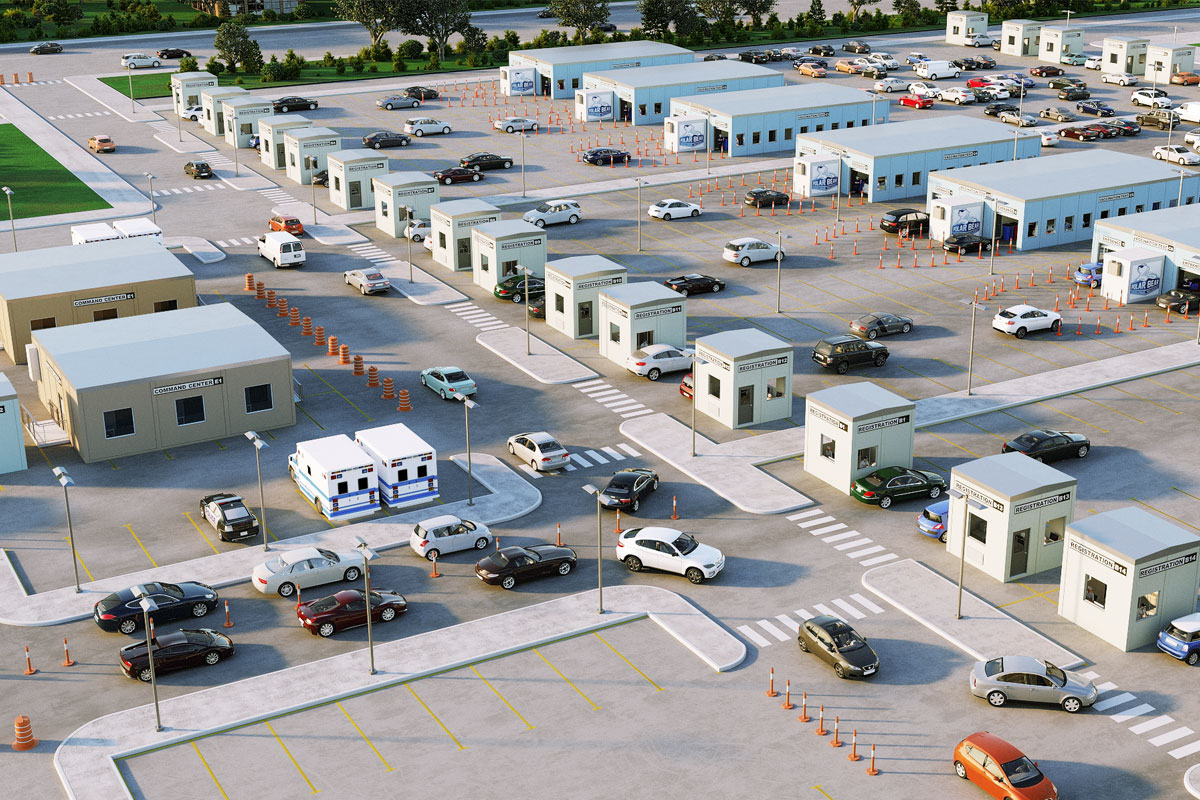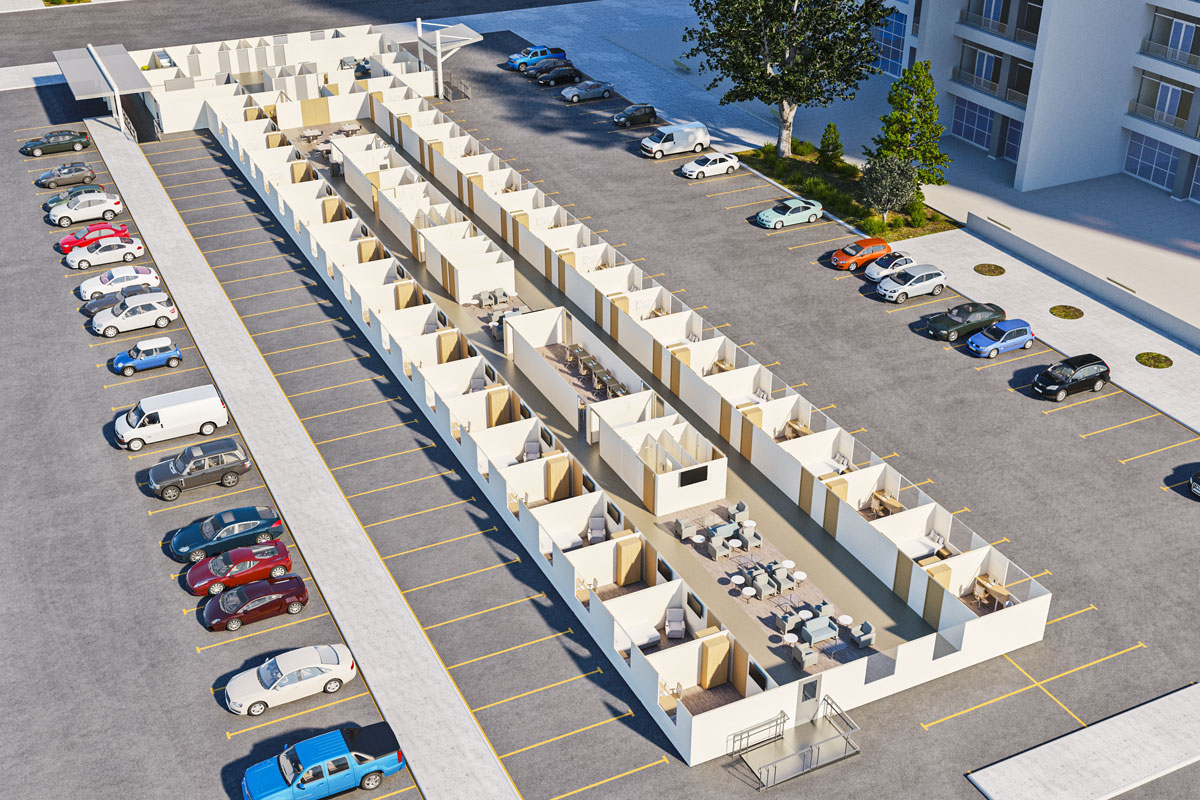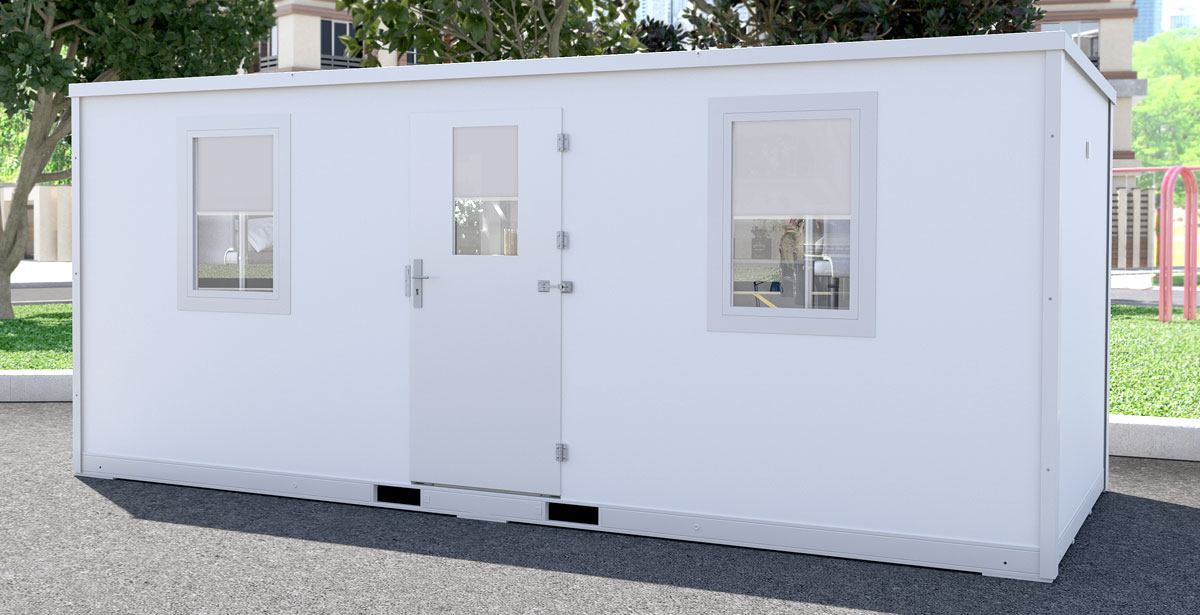Sustainable Solutions: How Uplift Modular Units Are Reducing Environmental Impact in Construction
Sustainable Solutions: How Uplift Modular Units Are Reducing Environmental Impact in Construction
UPLIFT™, UPLIFT™ Bathroom, and UPLIFT™ Laundry, offer customizable, sustainable, and flexible living spaces for a variety of uses. Whether you’re setting up camp, at a festival or event, or even breaking ground on a new construction site, access to a bathroom on the go can make or break your experience.
Thanks for stopping by!
While you are here, check out all of our great products
- UPLIFT™ Shelters – Award winning innovative instant shelter solutions and portable home technologies – InstantDriveThru-3
- The Environmental Impact of Traditional Construction
- How Uplift Modular Units Are Reducing Environmental Impact
- The Benefits of Modular Construction for Sustainability
- Real-World Example: Uplift’s Impact on Disaster Relief
- Looking Toward the Future: Sustainability and Innovation
- Conclusion

UPLIFT™ Shelters – Award winning innovative instant shelter solutions and portable home technologies – InstantDriveThru-3
UPLIFT™ Shelters - Award winning innovative instant shelter solutions and portable home technologies
The construction industry has long been associated with large-scale environmental impacts, from the energy-intensive production of materials to significant waste generation during building projects. In today’s world, where sustainability and environmental consciousness are more important than ever, the industry is increasingly turning toward greener building practices.
One of the most innovative solutions in sustainable construction is modular housing, and Uplift is leading the charge. Uplift Shelters’ modular units not only offer flexible, cost-effective housing but also drastically reduce the environmental footprint of construction. In this blog post, we’ll explore how Uplift’s modular units contribute to sustainability, highlighting the eco-friendly aspects of modular construction, the materials used, and the energy-saving designs that benefit both people and the planet.
The Environmental Impact of Traditional Construction
A Resource-Intensive Process
Traditional construction methods often involve a significant amount of resource consumption. Materials like concrete, steel, and lumber require energy-intensive production processes, contributing to a large carbon footprint. Additionally, construction activities consume vast amounts of water, energy, and other natural resources, leading to a high environmental cost.
Waste Generation
Construction waste is another major issue in the industry. According to the U.S. Environmental Protection Agency (EPA), the construction and demolition sector in the U.S. generates millions of tons of waste annually. Most of this waste ends up in landfills, contributing to environmental degradation and creating challenges for waste management systems globally.
How Uplift Modular Units Are Reducing Environmental Impact
1. Efficient Use of Materials
One of the primary ways Uplift Shelters reduces its environmental footprint is through the efficient use of building materials. Modular construction allows for precise measurement and cutting in a controlled factory setting, reducing the amount of raw material required. Unlike traditional on-site construction, where leftover materials are often discarded, Uplift’s approach minimizes waste and ensures materials are used to their fullest potential.
In fact, studies have shown that modular construction can reduce material waste by up to 90% compared to traditional methods. This significant reduction in waste is not only cost-effective but also prevents valuable resources from being unnecessarily sent to landfills.
2. Eco-Friendly Materials
At Uplift Units, sustainability begins with the selection of eco-friendly materials. Many traditional construction materials, like concrete and asphalt, have large carbon footprints. Uplift, however, emphasizes the use of greener alternatives. For instance, its modular units incorporate:
- Recycled steel for frames, which reduces the need for newly mined materials.
- Sustainably sourced wood, ensuring that forests are responsibly managed.
- Energy-efficient insulation materials that help maintain indoor temperatures and reduce heating and cooling demands.
Using eco-friendly materials ensures that Uplift modular homes and units not only lower their carbon footprint during construction but also help conserve natural resources in the long term.
3. Reduced Carbon Emissions
By constructing modular units off-site in a controlled factory environment, Uplift significantly reduces the number of deliveries to the construction site. Fewer trips for equipment and materials mean fewer carbon emissions from transportation, which is a major contributor to climate change.
Moreover, because modular units are often assembled much faster than traditional buildings, construction vehicles and equipment are in use for a shorter duration. This results in reduced emissions from fuel-powered machinery, contributing to a cleaner, more efficient construction process.
4. Energy-Efficient Designs
One of the standout features of Uplift Shelters’ modular homes is their energy-efficient design. The units are built with high-performance insulation and energy-efficient windows, which help regulate indoor temperatures and minimize the need for heating or cooling. This results in lower energy consumption, making these homes more sustainable over their lifespan.
Additionally, Uplift Shelters offers optional solar panel integration, allowing homeowners to generate their own renewable energy. By relying on solar power, residents can further reduce their energy use and decrease their reliance on non-renewable sources of electricity.

UPLIFT™ Shelters – Award winning innovative instant shelter solutions and portable home technologies
The Benefits of Modular Construction for Sustainability
Faster Build Times, Fewer Environmental Disruptions
Modular homes are assembled much faster than traditional buildings, which means that construction sites are operational for shorter periods. This is beneficial for reducing noise pollution and minimizing the disruption to local ecosystems. Shorter construction timelines also result in reduced consumption of on-site energy, further lowering the overall environmental impact.
Controlled Factory Environment
Building modular homes in a factory setting allows for better control of resources and ensures minimal waste. Factories are optimized for efficient energy use, reducing the environmental costs associated with heating, lighting, and machinery operation. Uplift Shelters’ factories, for example, prioritize sustainable production practices and aim to reduce their carbon footprint at every step of the process.
Scalability and Future Expansion
Modular units are not only eco-friendly during construction, but they also offer a sustainable solution for future growth. Homes can be easily expanded by adding additional modules, without the need for demolishing parts of the building. This ability to scale modular homes with minimal environmental disruption makes them an ideal long-term housing solution for families and communities that expect to grow.
Real-World Example: Uplift’s Impact on Disaster Relief
In disaster-stricken regions, modular homes provide an eco-friendly solution for quickly building shelters. Often, traditional emergency shelters are wasteful, as they are discarded after short-term use. Uplift Shelters’ modular units, on the other hand, can be deployed as emergency shelters and later converted into permanent housing.
For instance, after a recent natural disaster in a Southeast Asian country, Uplift Shelters provided modular homes that were not only quick to assemble but also sustainable. These units were equipped with solar panels and water-saving systems, ensuring that the homes could operate efficiently while reducing their environmental impact.

UPLIFT™ Shelters – Award winning innovative instant shelter solutions and portable home technologies
Looking Toward the Future: Sustainability and Innovation
Uplift Shelters’ commitment to sustainability doesn’t stop with its current offerings. The company is continually researching and developing new technologies to make its modular units even more eco-friendly. Innovations such as biodegradable materials, enhanced energy storage solutions, and advanced recycling systems are all part of Uplift’s vision for a greener future.
As the world moves toward sustainable development goals, modular construction is positioned to play a key role in reducing the environmental impact of the building industry. Uplift Shelters is at the forefront of this movement, offering smart, scalable, and sustainable housing solutions that can meet the needs of both individuals and entire communities.
Conclusion
As the world continues to face pressing environmental challenges, the need for sustainable housing solutions has never been greater. Uplift Shelters is helping to address this need through its innovative modular units, which are designed to reduce waste, minimize carbon emissions, and conserve resources.
By choosing Uplift Shelters’ modular homes, individuals and organizations can make a meaningful contribution to environmental sustainability while enjoying the benefits of cost-effective, high-quality housing. Whether you’re building a home for your family or developing a new community, Uplift Shelters offers a smart, sustainable solution that meets the demands of the modern world.
